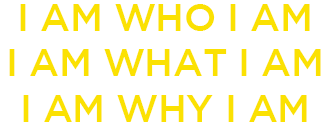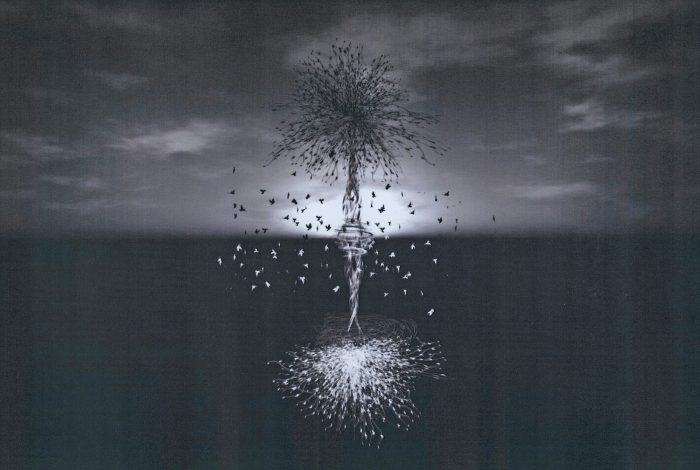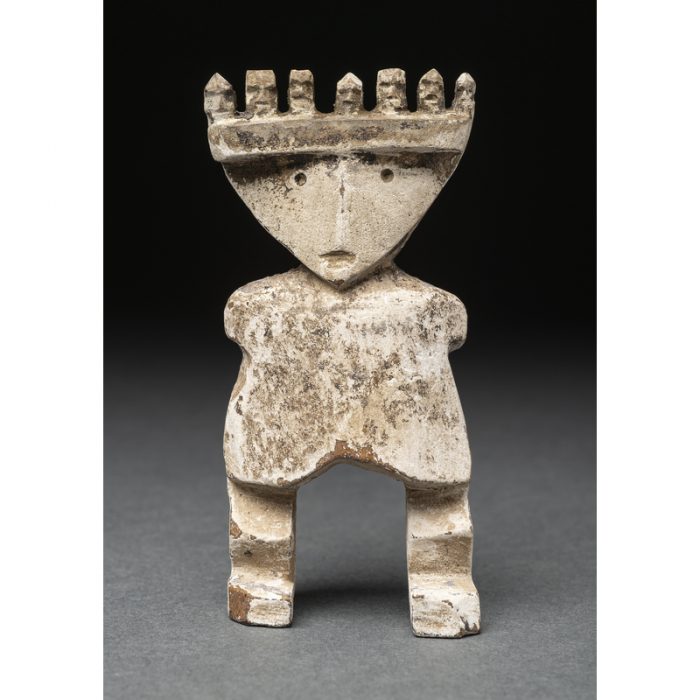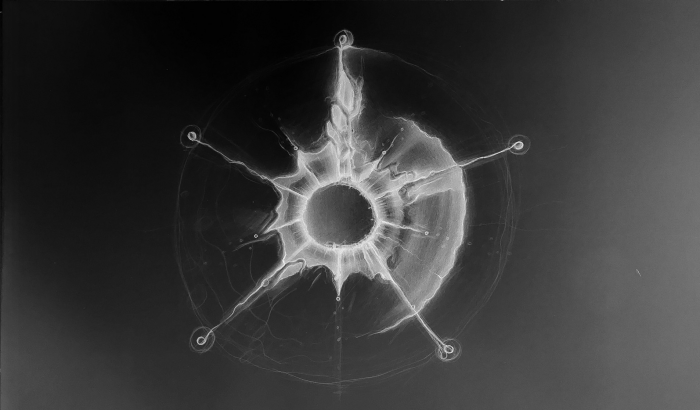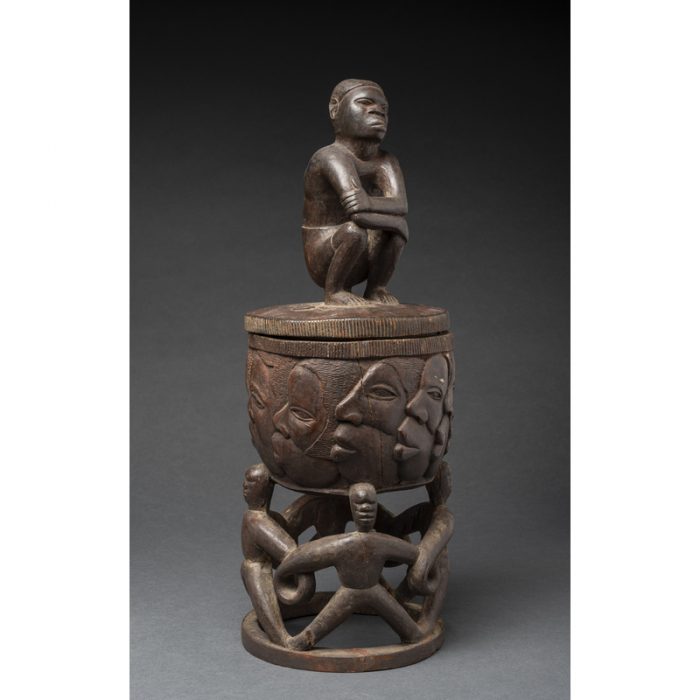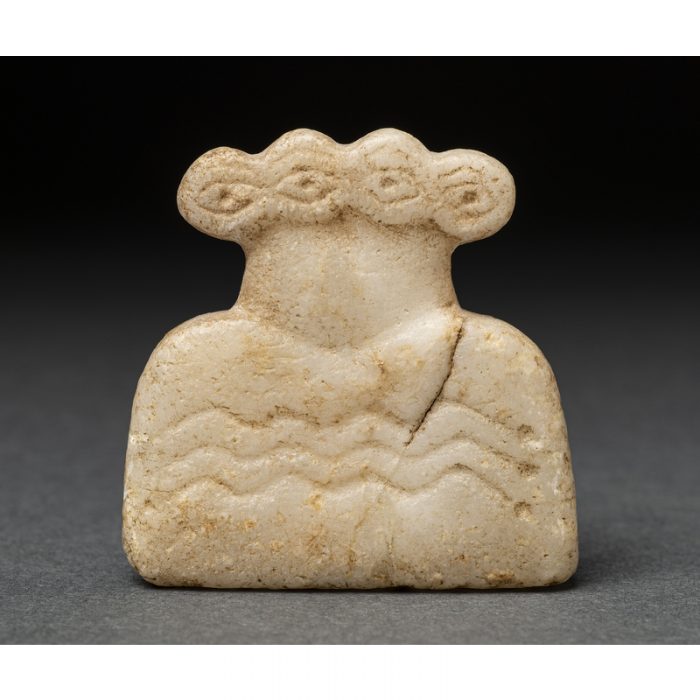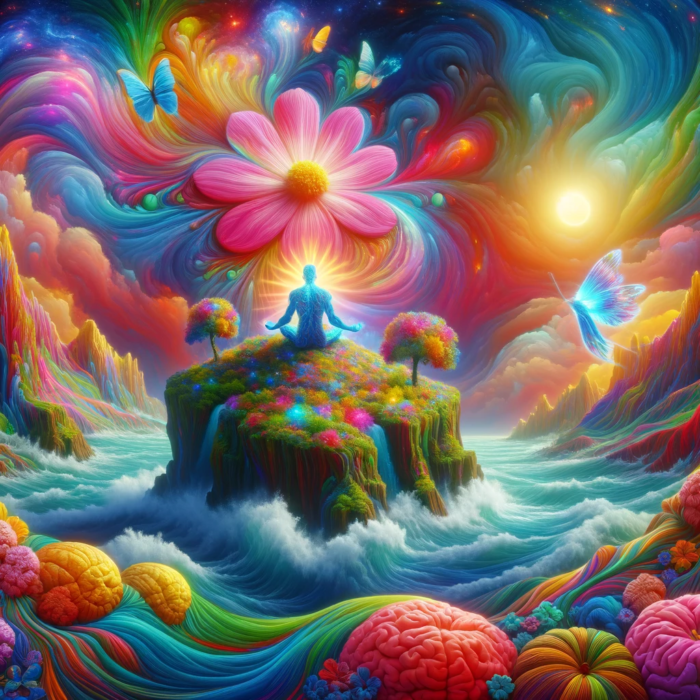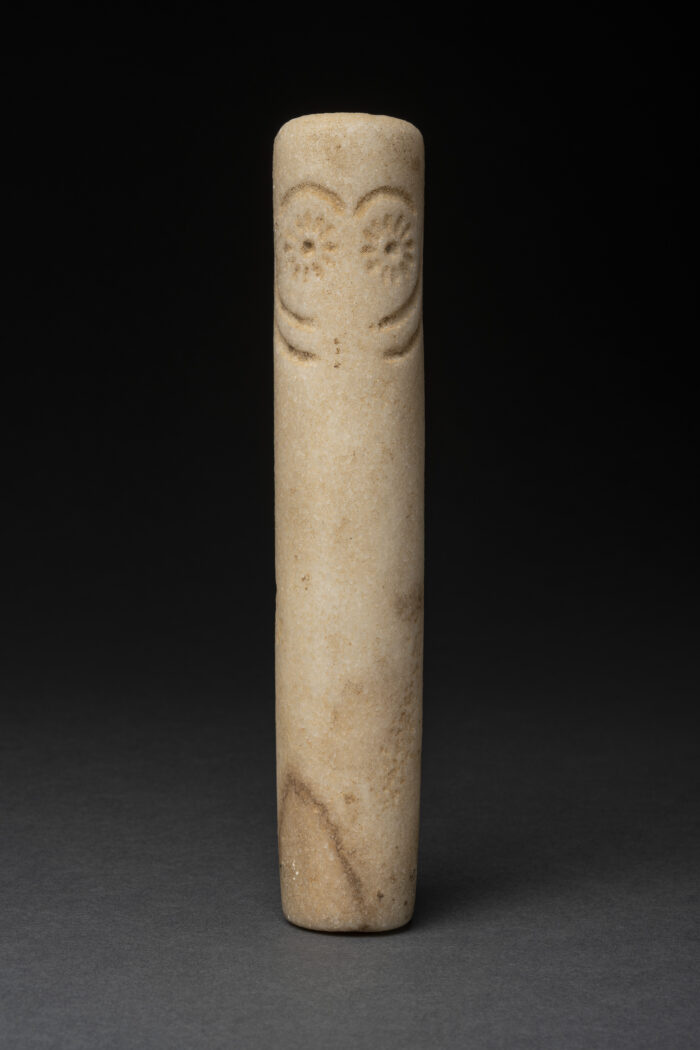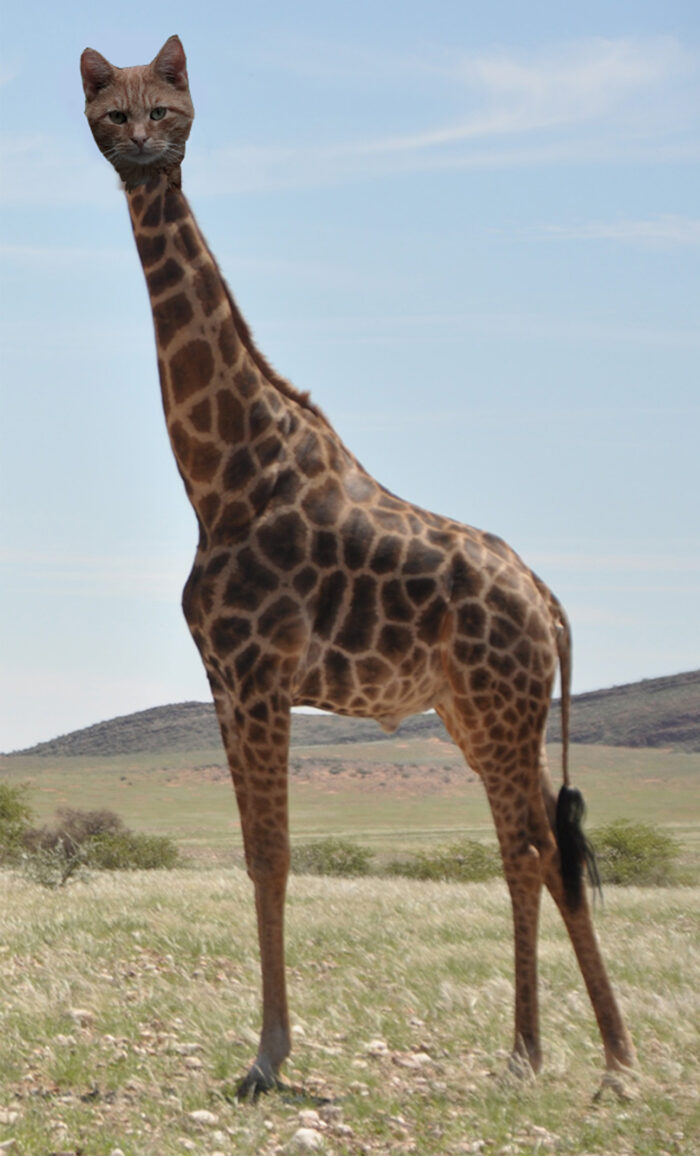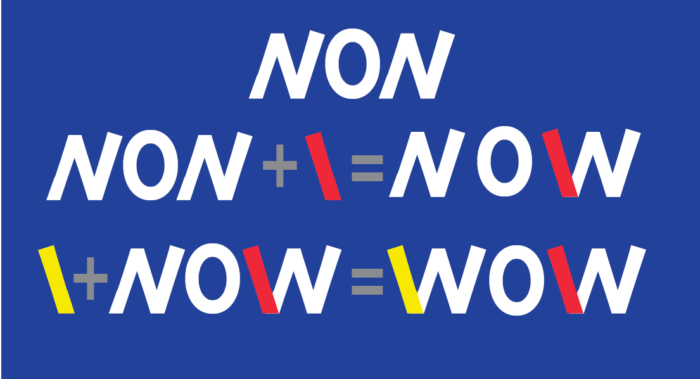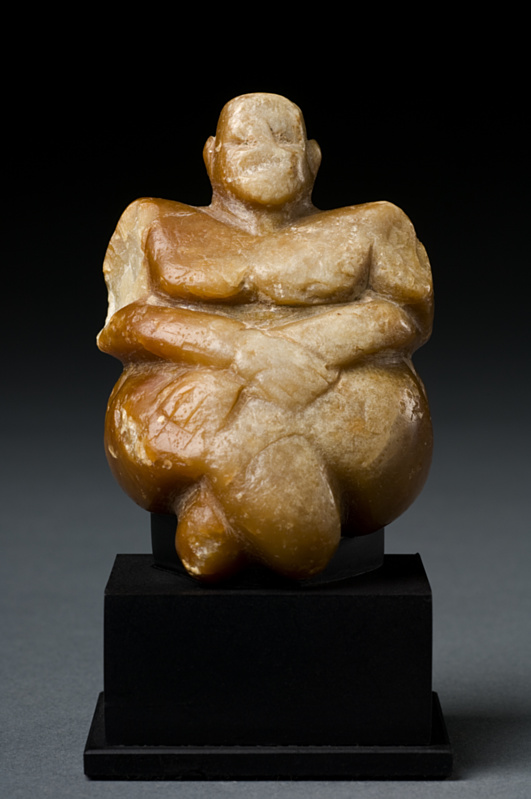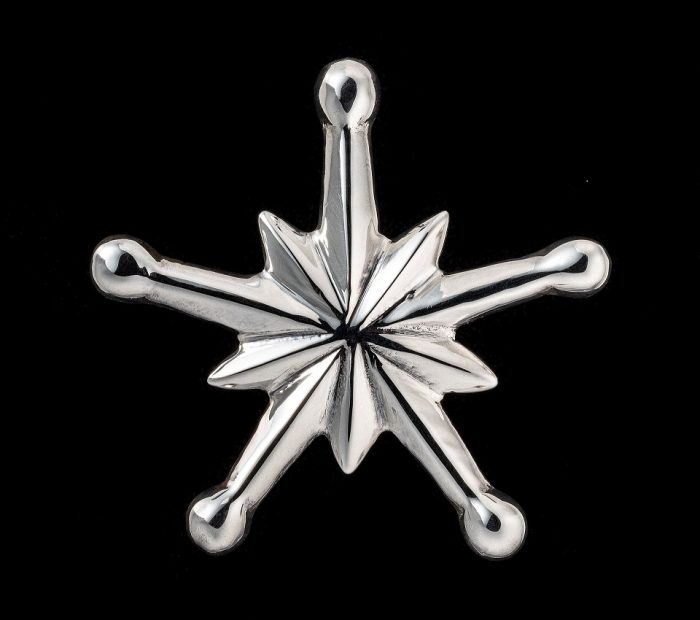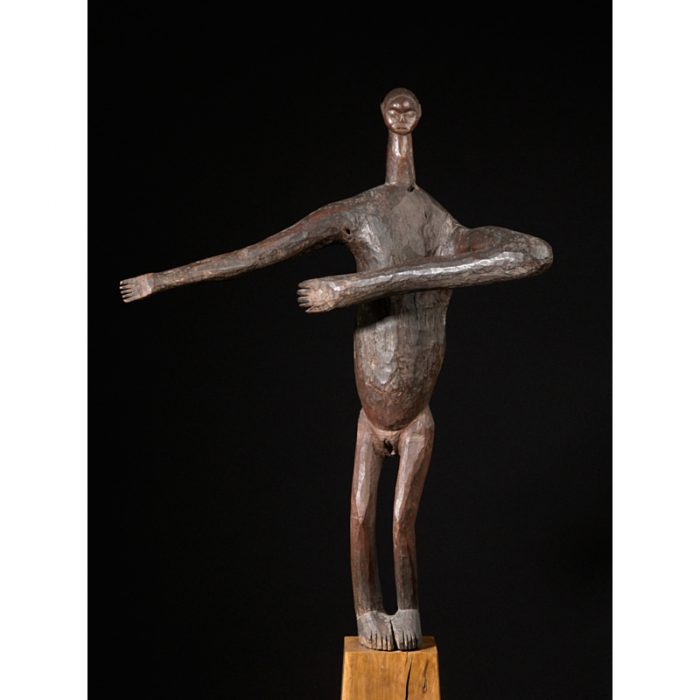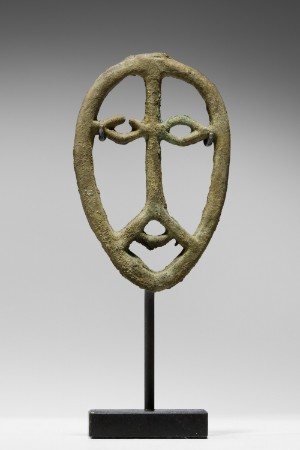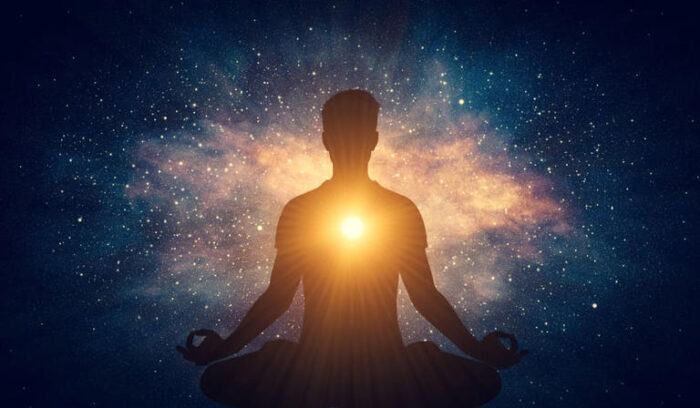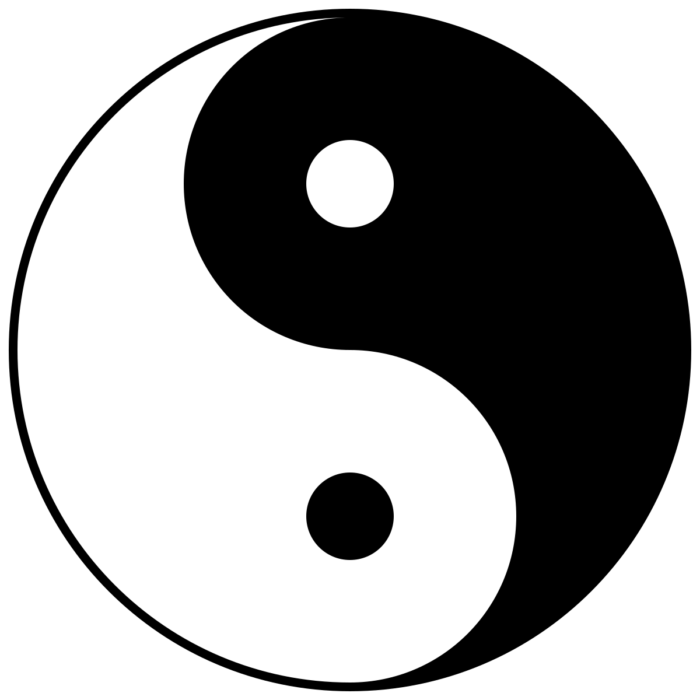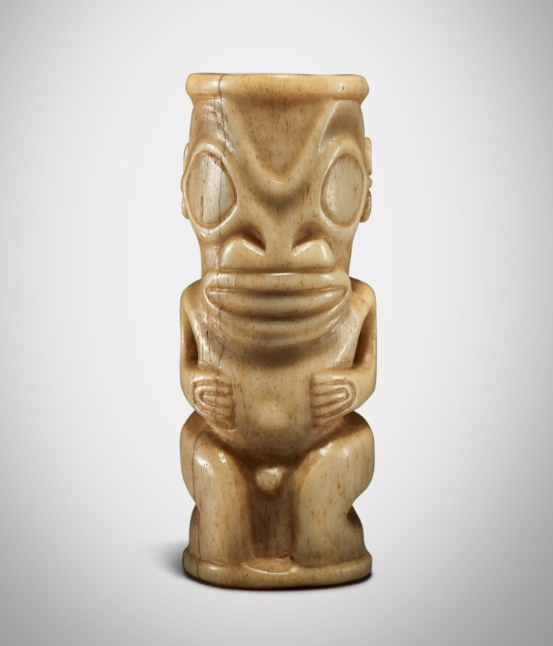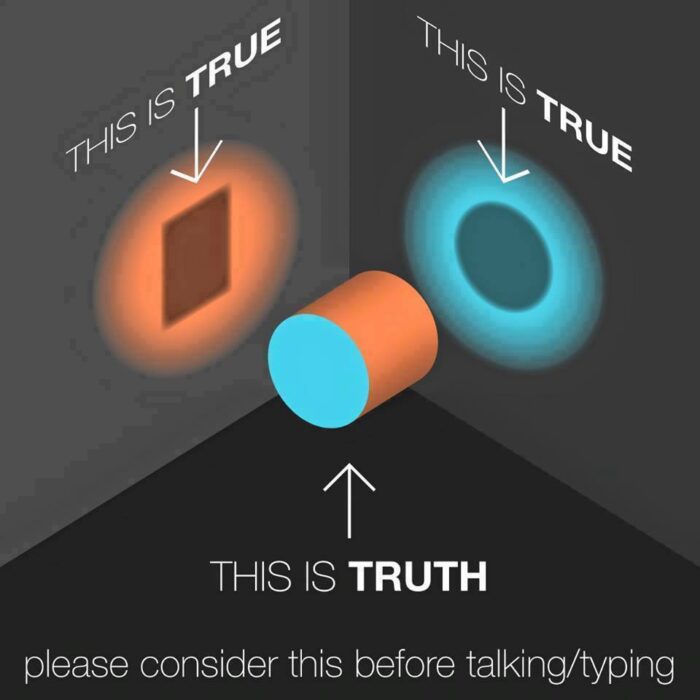First Commandment
“I am the Lord your God, who brought you out of Egypt, out of the land of slavery. You shall have no other gods before me.”
The First Commandment tells us that we were once slaves who were freed through the workings of God. Knowing God is our savior, we are well-commanded not to follow the ways of other gods who presumably cannot provide us the way to freedom.
Before birth, we are one with everything and at peace. Upon birth, we perceive ourselves as apart and separate from everything that is not us, an overwhelming and often hostile world. Our mind serves us by protecting us from this world; making sense of it and integrating us into it. However, as we become dependent on our mind’s protection, our mind is no longer our servant but our master. Fear of the world is supplanted by fear of experiencing the world without our mind’s framework. It is then that we are prisoners of our mind. God, however, can free us from the prison of our mind.
Our mind is an mnemonic device. It organizes the world through memories of our intentions, actions and consequences of previous lives and through our socialization. (Our previous lives are not lives before the time of our birth but the days of our life before now, as each day is not a day in a life but a life in a day. That is, our lives end when we go to sleep and begin anew when we awaken.) This is called karma, the categorizations, meanings and stories our mind creates based on our past experiences that frame how we experience the world now. Karma is effectively a karmic prison as it limits and defines our experience, not allowing us to experience the world as it is.
Unlike the other Commandments, the First Commandment refers to the past, the time when we were slaves. Slavery represents our karma prison. When we unite with God, we can be freed from our karmic prison.
God is everything before it is what it is whatever it is. God is revealed as infinite and ever-changing manifestations. This realization unites us as one with God. As such, we realize that our mind through the illusionary karmic prison it created is what separated us from God. In union with God, we are free of the fear that kept us in our karmic prison. Upon our liberation, we experience the universe as it is; one thing, the present. The present is what it is whatever it is, beyond words and descriptions. The past is now passed and our mind has no past through which it can imprison us. Now we are free, at peace as we were before we were born.
Unlike God which is essentially everything and through whom we can be free, one with everything, other gods cannot free us from our karmic prison. Other gods are gods of things like the sun, water, earth, etc. They are illusionary gods as they are the gods of temporary manifestations of God.
Second Commandment
“You shall not make for yourself an image in the form of anything in heaven above or on the earth beneath or in the waters below. You shall not bow down to them or worship them;…”
The Second Commandment prohibits the making of artwork that is also worshiped; that is, idols.
Idol worship is holding sacred a tangible object and worshipping it as an incarnation of God. This is the antithesis of worshiping God as it negates the sacredness of all else. As everything is a manifestation of God, everything is sacred.
Idols are not solely objects worshiped as deities. Idols are things we hold sacred like prized possessions and celebrities who are “idolized.” More generally, idols are things we perceive as having an independent existence. For example, getting angry with a car that’s stalled is akin to idol worship as it presumes the car has an independent existence. Thus, idols give rise to an artificial duality, that which is an idol and all else that is not. As such, dualities repudiate God since God is one, everything. Hence, idol worship precludes us from being one with God.
Moreover, idols are a personal and/or collective designation. Thus, idols are a reflection of ourselves; that is, an idol is an I-doll. Ultimately, the prohibition against idol worship is a prohibition against taking ourselves too seriously.
Third Commandment
“You shall not misuse the name of the Lord your God,…”
When Moses met God in the desert, Moses asked God what is God’s name. God responded: “I am who I am.” God effectively self-describes as one who cannot be described. Any name or description of God would be a misuse as God is everything, not one finite thing that is unlike other things. God is what it is whatever it is.
Fourth Commandment
“Remember the Sabbath day by keeping it holy. Six days you shall labor and do all your work, but the seventh day is a sabbath to the Lord your God. On it you shall not do any work, neither you, nor your son or daughter, nor your male or female servant, nor your animals, nor any foreigner residing in your towns. For in six days the Lord made the heavens and the earth, the sea, and all that is in them, but he rested on the seventh day. Therefore, the Lord blessed the Sabbath day and made it holy.”
After creating the universe in six days, God rested on the seventh day. Undistracted by work, God sat and observed the beauty and wonder of creation as it unfolds in the play of life. God commands us to do likewise. In so doing, we and God are one.
Work is essentially what we do that we would otherwise not do but for the rewards we receive. Thus, work is a means to an ends. When we are at rest, the means and the ends are one. At rest, we are at peace, present and having no desire to be elsewhere or to do otherwise.
Disengaging ourselves from our everyday work is akin to meditation. In meditation, we commune with God in the present and realize the universe is what it is whatever it is, not as we’ve created it in our mind. This leads us to realize that we and the universe, the manifestation of God, are one.
Fifth Commandment
“Honor your father and your mother, so that you may live long in the land the Lord your God is giving you.”
Like Commandments Sixth through Ninth, the Fifth Commandment can be generalized as the Golden Rule, treat others as we wish to be treated. The Golden Rule is a common concept in all the major religions.
However, unlike Commandments Sixth through Ninth, the Fifth Commandment is less of a Commandment and more of a contract God offers us: honor your parents and you will be rewarded with a long life. The reward is generally assured as it’s founded on behavior modification. We honor our parents by respectively including them in our lives and providing for them in their time of need, as they age or can no longer work. Our care allows them to live longer than they would otherwise. Seeing how we treat our parents, our children are “imprinted” to treat us likewise which increases the likelihood we will live longer than otherwise.
Sixth, Seventh, Eighth and Ninth Commandments
Sixth Commandment: “You shall not murder.”
Seventh Commandment: “You shall not commit adultery.”
Eighth Commandment: “You shall not steal.”
Ninth Commandment: “You shall not give false testimony against your neighbor.”
The Sixth – Ninth Commandments are straightforward: we are commanded not to murder, engage sexually with someone who is married, steal or lie. These Commandments can be generally described as the Golden Rule: treat others as we wish to be treated.
The purpose of the Golden Rule Commandments is to foster peaceful interpersonal and community relationships. Moreover, living by the Golden Rule is a testament to our realization of divine consciousness.
Divine consciousness is the realization that every thing is not a thing unto itself but one of infinite temporary manifestations of God; ever-changing, interdependent (hence, essentially one thing); with no beginning or end. As we are not solely our personal finite self but part and one with one thing, God, we treat every thing as we wish to be treated as every thing is us.
The Ninth Commandment, the prohibition of lying, also reveals a certain truth: we cannot be one with God if we are not one with ourselves; that is, if we have no integrity. Lying precludes integrity as when we lie we are two people, one who lies and another who knows the truth.
Tenth Commandment
“You shall not covet your neighbor’s house. You shall not covet your neighbor’s wife, or his male or female servant, his ox or donkey, or anything that belongs to your neighbor.”
The Tenth Commandment is that we not desire what we don’t have.
Generally, our needs (food, shelter, security and health) can be simply satisfied but our desires not; as the more we feed our desires the hungrier they get. When we’re distracted by our desires, we are not grateful for what we have. However, when we are grateful we are great-full; that is, we are full of the great feeling that God has blessed us. Gratitude is integral to realizing our purpose in life: to have a wonderful and happy life, realize our potential and help others likewise. When we are grateful for all God has provided us, our gratitude is an acknowledgement of God who is appreciative and treats us accordingly.
Epilogue
The First Commandment is that through our union with God we can be free from the prison of our mind.
The Second Commandment is that we don’t take material things or ourselves too seriously.
The Third Commandment is that we realize everything, including us, is God; that God is unknowable and beyond description.
The Fourth Commandment is that we enjoy the beauty and wonder of creation as God.
The Fifth, Sixth, Seventh, Eighth and Ninth Commandments are that we treat others as we treat ourselves because we and others are one.
The Tenth Commandment is that we are grateful to God for the wonderful life we’ve been given.
The Ten Commandments were given by God to the “chosen people.” The “chosen” are those who journey through life on the way of the light. They are lighthearted, have interesting insights into the nature of mind and ultimately are one with the light: enlightened.

